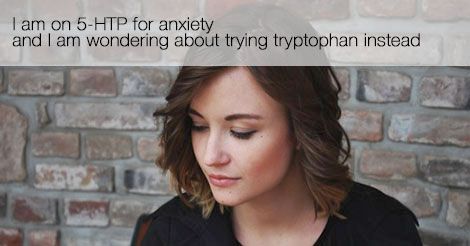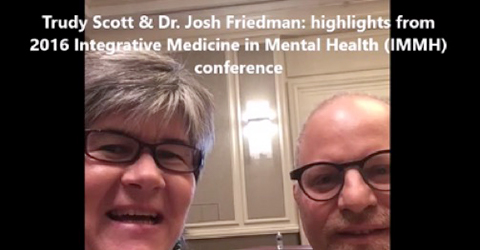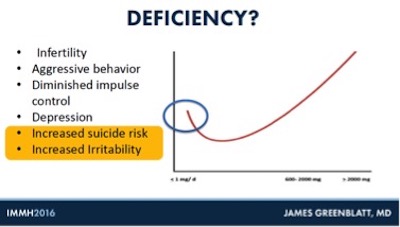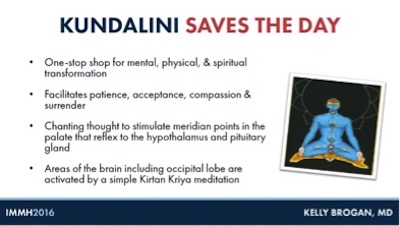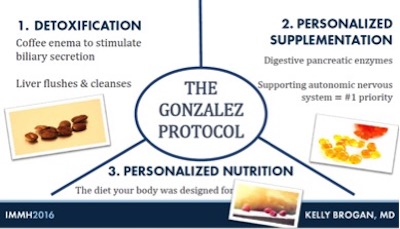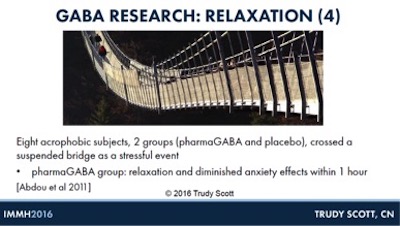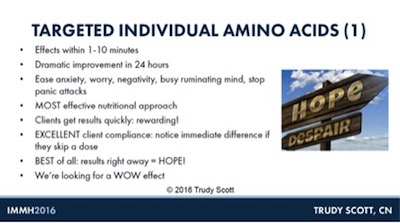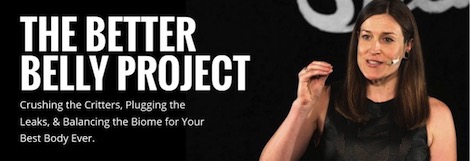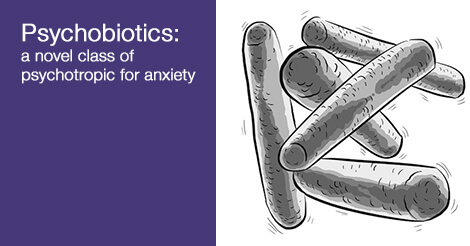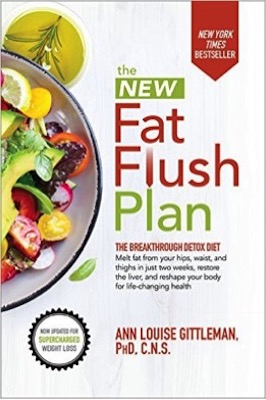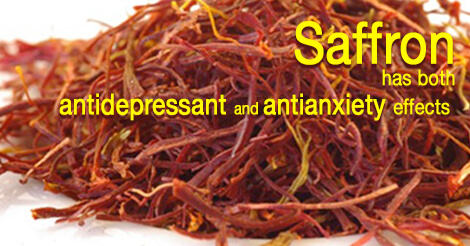
In a new study published in Pharmacopsychiatry, Crocus sativus L. versus citalopram in the treatment of major depressive disorder with anxious distress: a double-blind, controlled clinical trial, saffron (Crocus sativus L.) has been shown to have both antidepressant and antianxiety effects. It’s also anti-inflammatory and an antioxidant.
In this study patients received either saffron or an SSRI called citalopram/Celexa:
66 patients with major depressive disorder accompanied by anxious distress were randomly assigned to receive either saffron (30 mg/day) or citalopram (40 mg/day) for 6 weeks.
The Hamilton Rating Scale for Depression (HAM-D) and Hamilton Rating Scale for Anxiety (HAM-A) were used to assess the effectiveness of the treatment during the study.
60 participants finished the study and they all showed significant improvement in depression and anxiety scores, with no significant difference in effectiveness or side effects from either the saffron or citalopram.
The authors make this conclusion:
The present study indicates saffron as a potential efficacious and tolerable treatment for major depressive disorder with anxious distress.
A 2014 systematic review of clinical studies and examination of underlying antidepressant mechanisms of action of saffron found that:
saffron’s antidepressant effects potentially are due to its serotonergic, antioxidant, anti-inflammatory, neuro-endocrine and neuroprotective effects
This means that saffron could potentially be used in place tryptophan or 5-HTP if you score high on the low serotonin section of the amino acid questionnaire (anxiety, worry-in-the head, obsessiveness, negativity and depression, irritability, PMS, afternoon and evening cravings and insomnia) and yet do not seem to benefit from either of these two amino acids.
And you’ll be getting the added antioxidant, anti-inflammatory, neuro-endocrine and neuroprotective effects.
If you do well with tryptophan and/or 5-HTP, I suspect that using a small amount of saffron together with these amino acids could enhance the effects.
Saffron: GABA is one of the mechanisms of action
Update: Dec 20, 2024
I’m adding this section about GABA as a result of saffron coming up in a question in the GABA Quickstart 2.0 program this week. One of the participants asked me this question: “I’m seeing a lot of new Saffron supplements stating that it helps with GABA. Your thoughts on this?”
According this this 2022 paper, Saffron (Crocus sativus L.): A Source of Nutrients for Health and for the Treatment of Neuropsychiatric and Age-Related Diseases
Investigations have shown that aqueous saffron extracts and its constituent safranal exert anxiolytic effects similar to that of diazepam, probably through their interaction with the benzodiazepine binding site at the GABAA receptor.
In addition, studies have demonstrated that crocins alleviated the obsessive compulsive behavior in rats through an antagonistic action at the 5-HT2C receptor site.
This is a subtype of the 5-HT2 serotonin receptor site and further supports the impacts saffron has on serotonin.
Another paper, also published in 2022, lists GABA as one of the mechanisms of action, in addition to its effects on monoamines (serotonin and dopamine) and N-methyl-d-aspartate (NMDA).
Additional resources when you are new to using GABA and other amino acids as supplements
As always, I use the symptoms questionnaire to figure out if low serotonin or low GABA or other neurotransmitter imbalances may be an issue.
If you suspect low levels of any of the neurotransmitters and do not yet have my book, The Antianxiety Food Solution – How the Foods You Eat Can Help You Calm Your Anxious Mind, Improve Your Mood, and End Cravings, I highly recommend getting it and reading it before jumping in and using amino acids on your own so you are knowledgeable. And be sure to share it with the practitioner/health team you or your loved one is working with.
There is an entire chapter on the amino acids and they are discussed throughout the book in the sections on gut health, gluten, blood sugar control (this is covered in an entire chapter too), sugar cravings, anxiety and mood issues.
The book doesn’t include product names (per the publisher’s request) so this blog, The Antianxiety Food Solution Amino Acid and Pyroluria Supplements, lists the amino acids that I use with my individual clients and those in my group programs.
If, after reading this blog and my book, you don’t feel comfortable figuring things out on your own (i.e. doing the symptoms questionnaire and respective amino acids trials), a good place to get help is the GABA QuickStart Program (if you have low GABA symptoms). This is a paid online/virtual group program where you get my guidance and community support.
If you are a practitioner, join us in The Balancing Neurotransmitters: the Fundamentals program. This is also a paid online/virtual program with an opportunity to interact with me and other practitioners who are also using the amino acids.
Wrapping up and your feedback
I have yet to use saffron with my clients so I’d love to hear from you (so we all can benefit and learn from each other):
- Have you used saffron and found it to be effective for your anxiety and/or depression?
- If you’re a practitioner, have you used it with patients or clients?
- Have you found 30 mg a day to be the most effective dose and how quickly have you noticed benefits? What symptoms have improved the most?
- Have you combined saffron with tryptophan or 5-HTP?
- Have you combined saffron with GABA?
Feel free to post your questions below too.
